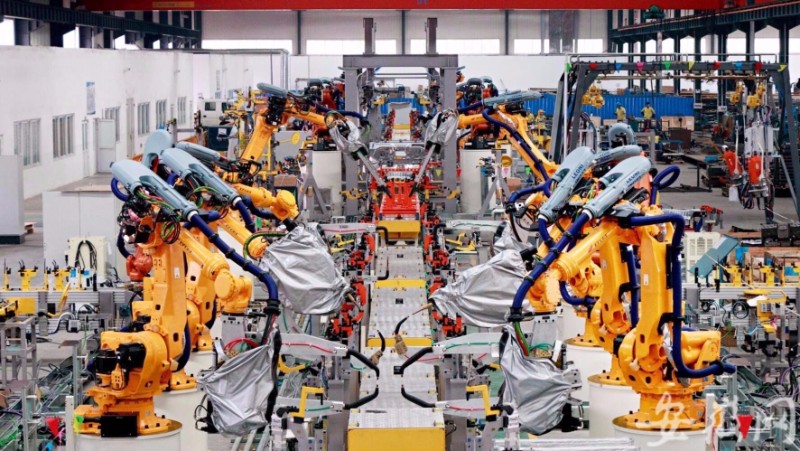The digital factory management system is an indispensable information system tool for factories to upgrade smart manufacturing and build digital smart factories. It can effectively support managers' energy use decisions, greatly control cost management, and promote efficient and healthy development of enterprises. What are the main uses of digital factory systems?
1. Realize the visibility of materials and material flow status, and visualize the needs of suppliers
The use of SRM supplier relationship management system can easily realize the material demand status between suppliers and factories, especially for electronic, mechanical equipment, clothing and other assembly enterprises, the factory can timely send relevant material requirements to suppliers in real time. At the same time, the real-time inventory and available inventory status of the factory are synchronized to the supplier, so that the supplier can obtain more material demand information, so as to do a good job in the prioritization and scheduling of the supplier's own work orders.
At the same time, suppliers can also convert their own inventory, delivery, and delivery status to delivery status, so that the factory can synchronize and clear the feeding status in real time, so as to improve the transparency of the complete set of status.
2. Realize inventory status visibility
Using the real-time and dynamic inventory information of the WMS warehouse management system, it can provide real-time information for S&OP (sales and operation planning), MRP (material requirements planning), work order issuance, etc., to ensure the accuracy of independent and related requirements.
3. Realize the optimized delivery visibility of process work orders
Using the production work orders and sales orders of the ERP management system, the equipment status and process reporting of the MES production management system, APS (Advanced Planning and Scheduling) can meet the preconditions of customer delivery (maximum inventory and safety stock). , according to the TOC (Theory of Constraints) bottleneck management theory, to maximize the efficiency of bottleneck resources, optimize the effective output and minimize the production cost (penalty cost), so as to achieve the goals of customer satisfaction and resource efficiency maximization.
In the construction of a digital factory, the best efficiency of the digital factory information system can be brought into play only through the optimized delivery of process work orders. Therefore, APS advanced planning and scheduling is the core software of the digital factory, and it is the core software that really plays a role in assisting decision-making.
4. Visibility of business process and business results (capital, inventory, effective output, quasi-delivery rate, etc.)
Make full use of the relevant data of ERP, MES, APS, and use the data platform (IGN, etc.), the factory can independently develop or commission the development of a BI (business intelligence) system consistent with the factory's business, and make the operation and management process transparent and visualized:
1) Real-time presentation of material flow status: raw materials in transit, in stock, WIP (work in process), semi-finished products, finished goods in stock, finished goods in transit, finished goods receivable, etc.;
2), the capital status corresponding to the physical logistics;
3), the capacity load and the load status of the bottleneck capacity, and the prospect of the promised delivery date;
4) Information about the production process: safety, quality and production efficiency (per capita efficiency, effective output of 10,000 yuan salary, effective output of resources, etc.);
5), effective output trend chart calculated by day, order load chart, etc.
The operation status of the factory is presented in a panoramic and full time domain, the operation process and results are presented in a digital and transparent way, and even CPS is realized by means of simulation. The advantages of a digital factory management system are obvious, but the scientific establishment of a digital factory is a long-term and continuous process.
In today's rapid economic development, digital factories have been proposed and practiced by many enterprises. The popularity of digital factories today and the existence and development of many enterprises also confirm that enterprises need digital existence, and the future is also the field of digital factories.







